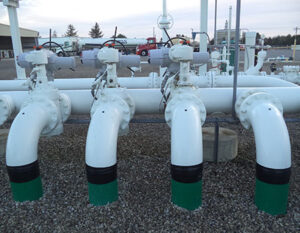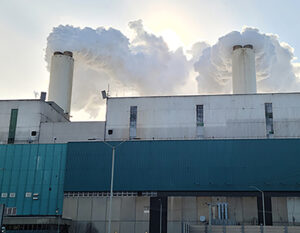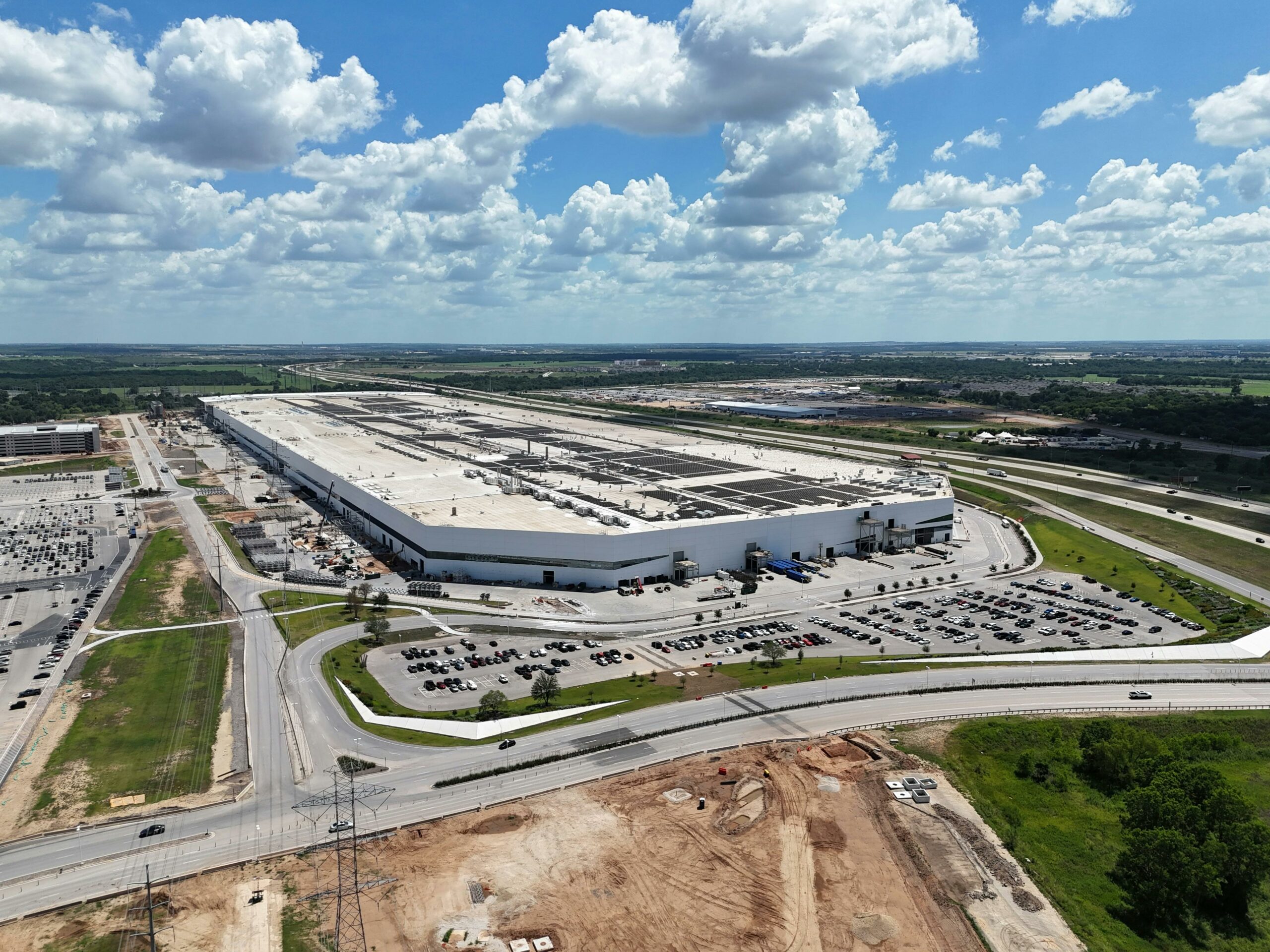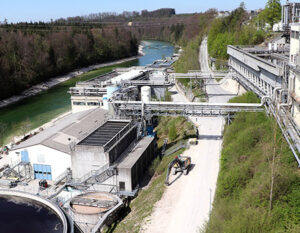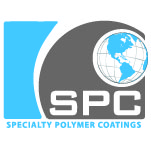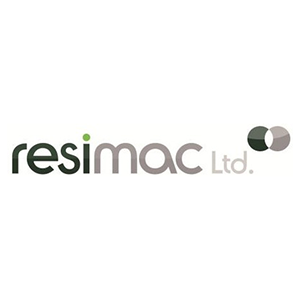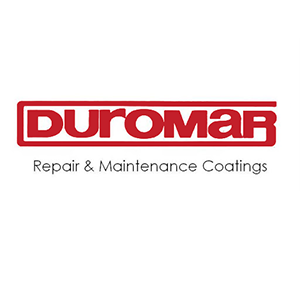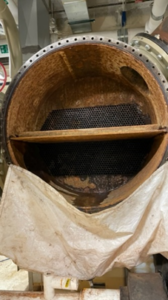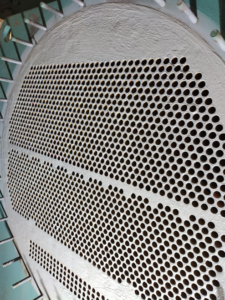How to Fix a Corroded Chiller: A Comprehensive Guide
Introduction Chillers are critical components in many industrial settings, including power plants and manufacturing facilities. However, they are prone to corrosion, which can significantly impair their efficiency and lifespan. This article will guide you through the process of repairing a corroded chiller, drawing on successful case studies from Unconventional Solutions (USI).
Identifying the Problem when looking at how to fix a a corroded chiller remember that it often occurs due to galvanic reactions, exposure to harsh chemicals, or simply due to aging. Common signs include visible rusting, pitting on metal surfaces, or operational inefficiencies. In a case study involving a Big 10 University, USI tackled galvanic corrosion eating away at the metals in a chiller plant. Similarly, a large stadium faced internal chiller corrosion, and another case involved chillers at a hospital with galvanic corrosion on tube face sheets and lids.
The Repair Process
- Preparation: The first step involves setting up a controlled environment. This could include tenting the area for dust control and capping off sensitive areas like tube sheets to prevent blast media from entering critical components.
- Surface Cleaning: The next step is thorough cleaning and de-greasing of the affected area, using products like USI Universal Cleaner.
- Surface Abrasion: To create an adequate surface profile for the repair materials to adhere, abrasive blasting to standards such as NACE 2 is employed. This process removes existing corrosion and prepares the metal surfaces.
- Applying Repair Materials: For areas with lost metal, materials like RESIMETAL 201 Ceramic Repair Paste are used to rebuild the surfaces. In cases with pitting or damage, products like Duromar SAR Standard Abrasion Ceramic are applied to these areas.
- Final Coating: A coating of RESIMETAL 203 Superflow Ceramic Repair Fluid or Duromar EAC Ceramic Lining is applied in two coats, typically in different colors (red and gray). This not only provides a smooth hydrophobic finish but also helps in regular maintenance checks; if the undercoat color starts showing, it indicates the need for reapplication.
Conclusion Repairing a corroded chiller is a detailed process that requires precise steps from preparation to final coating application. The use of high-quality products tailored for such applications is crucial. USI’s proven solutions in repairing and protecting industrial chillers provide a reliable blueprint for tackling such challenges effectively, ensuring minimal downtime and extended service life of these critical units.

